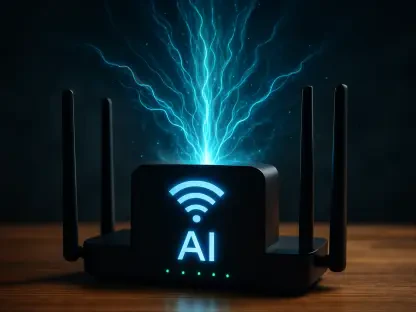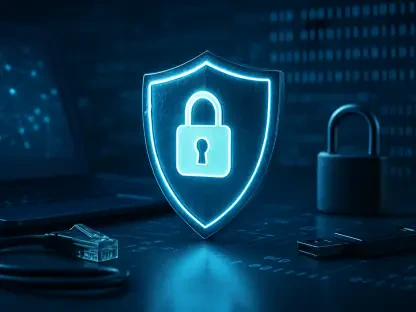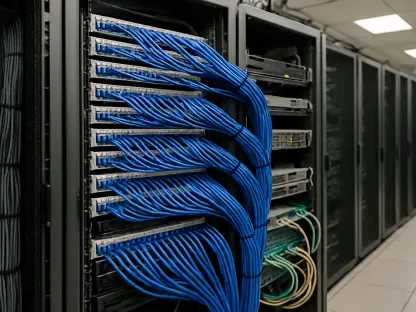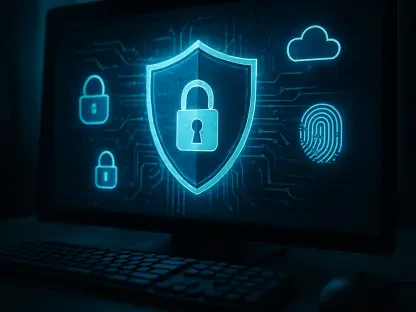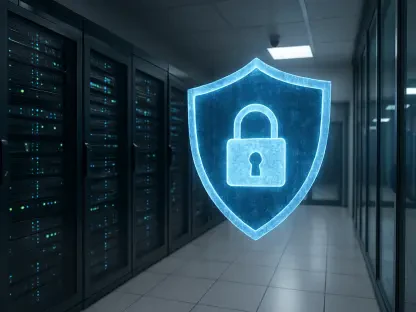Matilda Bailey is a renowned Networking specialist proficient in cellular, wireless, and next-generation solutions. As cyber threats continue to evolve, her insights into trends like the Smishing Triad provide invaluable knowledge for understanding and combating these sophisticated schemes.
Can you explain what the Smishing Triad is and why it has become so prominent?
The Smishing Triad is a group of cybercriminals who specialize in smishing, a form of phishing that uses SMS messages. This group has gained prominence due to their expansive operations, impersonating organizations and brands across 121 countries. Their adept use of technology and sophisticated tactics enables them to continually deceive victims on a massive scale.
How are these threat actors grouped by security researchers?
Security researchers often group the Chinese-speaking threat actors and their affiliates based on their operational methodologies, languages, and tools they utilize. Although specific groupings may vary, the focus is generally on identifying connections and patterns that can link these actors to broader cybercriminal networks.
Which brands and organizations has the Smishing Triad impersonated?
The Smishing Triad has impersonated a wide array of brands and organizations. They’ve targeted entities across diverse sectors in at least 121 countries, leveraging the trust that people place in these brands to trick them into divulging sensitive information.
What recent findings has Silent Push revealed about the Smishing Triad’s activities?
Silent Push’s recent findings indicate that the Smishing Triad has used around 200,000 domains in recent years. During a studied 20-day period, these scam websites attracted over 1 million page visits, showcasing the group’s vast reach and the effectiveness of their fraudulent campaigns.
How many domains have been utilized by the Smishing Triad in recent years?
The group has utilized roughly 200,000 domains. This extensive use of domains allows them to sustain prolonged and widespread campaigns, making it harder for security firms to curb their operations.
Can you give examples of some of the top-level domains frequently used by the Smishing Triad?
Some of the top-level domains often used by the Smishing Triad include .top, .world, and .vip. These domains are typically chosen for their availability and less stringent registration requirements, allowing the group to procure them in bulk.
How many page visits were recorded to scam websites over a specific 20-day period?
Over a specific 20-day period, there were more than 1 million page visits to the scam websites utilized by the Smishing Triad. This volume highlights their effectiveness in luring unsuspecting individuals to their fraudulent sites.
What types of personal information do the scam websites attempt to collect?
These scam websites target a variety of personal information including names, emails, addresses, and most critically, bank card details. Additionally, they prompt users to enter one-time passwords or authentication codes, which facilitate further unauthorized access.
How do criminals use one-time passwords or authentication codes in their schemes?
Criminals use one-time passwords or authentication codes to add bank cards to digital wallets like Apple Pay and Google Wallet. This method transforms these digital wallets into sophisticated card-cloning devices, enabling the criminals to utilize the stolen card details remotely.
Can you elaborate on how digital wallets like Apple Pay and Google Wallet are being exploited by these scammers?
Scammers exploit these digital wallets by adding the stolen card details to them. This exploitation is facilitated by the one-time passwords or authentication codes gathered from victims. Once the cards are adde


